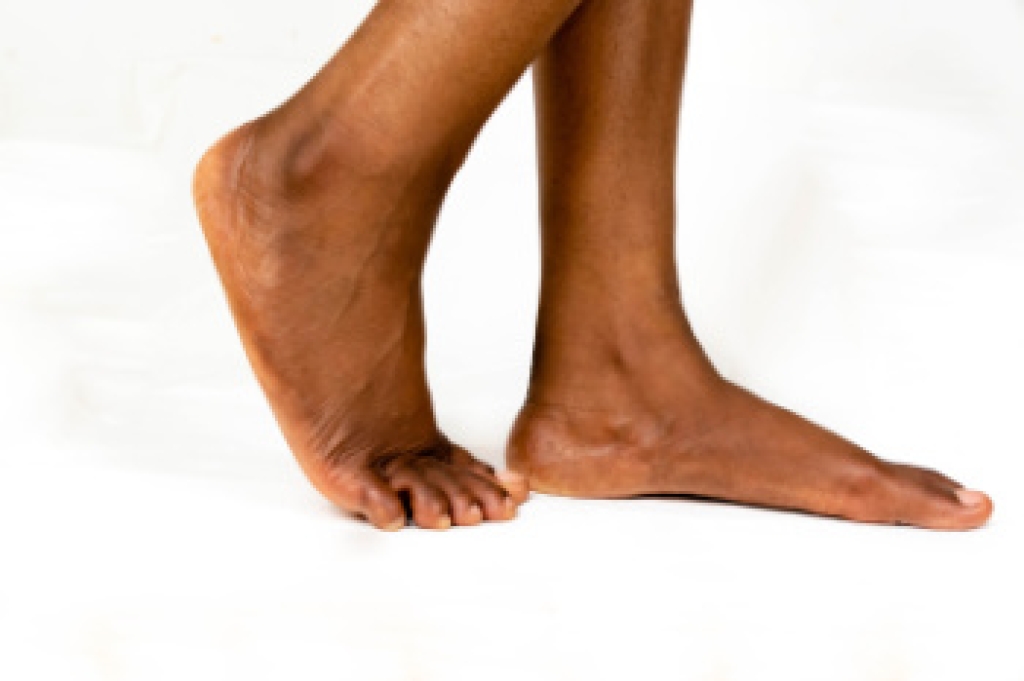
Rheumatoid arthritis, or RA, can cause stiffness, swelling, and pain in the feet, making it difficult to move and walk comfortably. Specific exercises can help improve flexibility, and strength, and reduce discomfort. Gentle stretching exercises, such as toe flexes and ankle rotations, can increase joint mobility and ease tension in the foot. Strengthening exercises, like towel scrunches and marble pickups, engage the small muscles in the feet, promoting stability and supporting proper foot function. In addition, calf stretches can relieve tension in the lower legs and help reduce pressure on the feet. Low-impact activities, such as swimming or cycling, are also beneficial for improving circulation and overall joint function without putting undue stress on the feet. If you have any type of foot arthritis, it is suggested that you contact a podiatrist who can offer effective relief and management tips.
Arthritis can be a difficult condition to live with. If you are seeking treatment, contact Scott Samera, DPM from Samera / Foot + Ankle. Our doctor can provide the care you need to keep you pain-free and on your feet.
Arthritic Foot Care
Arthritis is a joint disorder that involves the inflammation of different joints in your body, such as those in your feet. Arthritis is often caused by a degenerative joint disease and causes mild to severe pain in all affected areas. In addition to this, swelling and stiffness in the affected joints can also be a common symptom of arthritis.
In many cases, wearing ill-fitting shoes can worsen the effects and pain of arthritis. Wearing shoes that have a lower heel and extra room can help your feet feel more comfortable. In cases of rheumatoid arthritis, the arch in your foot may become problematic. Buying shoes with proper arch support that contour to your feet can help immensely.
Alleviating Arthritic Pain
- Exercises that stretch the foot can prevent further pain and injury and increase mobility
- Most of the pain can be alleviated with anti-inflammatory drugs, heat, and topical medications
- Massages can help temporarily alleviate pain.
It is best to see your doctor for the treatment that is right for your needs and symptoms. Conditions vary, and a podiatrist can help you determine the right method of care for your feet.
If you have any questions please feel free to contact our office located in Lake City and Branford, FL . We offer the newest diagnostic tools and technology to treat your foot and ankle needs.








